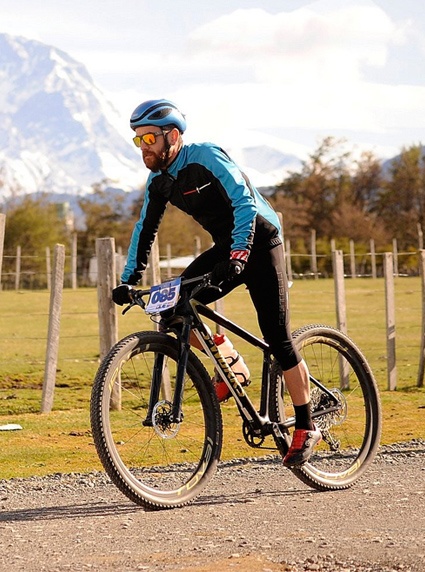In Patagonia, you can find various tourist attractions to take a walk and learn about the history of southern Chile.
In addition to the unique landscapes and the diverse flora and fauna of this region of southern Chile, you cannot miss its monuments, cemeteries, and buildings that will make you discover in greater detail the colonization of Patagonia.
Province of Magallanes
Historical Center
Around the Plaza de Armas of Punta Arenas are the public buildings, the Club de la Unión and old houses that account for its European-style architecture. In the square highlights the Monument to Hernando de Magallanes. According to popular belief, kissing the toe of the Indian who is reclining at the stone base of the monument predicts a soon return to the city.
Salesian Museum Maggiorino Borgatello
It is recognized as one of the best museums in the city thanks to its varied and complete collections. There are samples of ethnology, history, flora, and fauna; It also has missionary work, indigenous crafts, fossils, and petrified animals, tools used by Aboriginal people, photographs and mineralogy.
Braun-Menéndez Regional Museum
It was inaugurated in February 1983 in the magnificent Braun-Menéndez palace. It brings together an important collection of objects that are testimony to the passage of man in his historical journey through the region.
Municipal Cemetery
Its parks and mausoleums are one of the most visited places for those who want to know the history of the city. The pioneer Sara Braun donated the magnificent porch and the perimeter walls that bear her name.
Duty Free Zone
The main regional shopping center, with a modern infrastructure of 14 thousand square meters built, where more than 100 stores of various items and family entertainment spaces are distributed.
Monumento al Ovejero
It was created by the sculptor Germán Montero and is dedicated to sheep workers in Patagonia it is located in Punta Arenas in Bulnes Avenue.
Muñoz Gamero Main Square
Also known as “Plaza de Armas”, it is a public space located in the center of the city. A bronze sculpture inaugurated in 1920 represents the navigator Hernando de Magallanes and the southern ethnic groups.
Municipal Market
The Municipal Market of Punta Arenas is the place where the flavours and aromas of the sea meet. Here you can buy fresh products, such as seafood and fish. In the place, it is also possible to find typical wool and wood cookeries and handicrafts of the area, with Patagonian and Selknam motifs.
Evangelist lighthouse
The access is only by sea or air. It is considered a monument to the effort of the Chileans.
Amadeo
First vapor boat enrolled in Punta Arenas. Performed a historical role in the development of Patagonia and Tierra del Fuego. It was grounded in front of the San Gregorio Estancia. Declared National Monument the year 1972.
 -
-  -
-  level basic
level basic Province of Tierra del Fuego
San Francisco de Sales Historical Complex
A place that houses the first church of Tierra del Fuego and a small interpretation center with the history of the Salesians in Tierra del Fuego and in Magallanes.
The Selknam Hunter Monument and the municipal cemetery are also worth a visit, where families of the first Croatian immigrants are located.
Fernando Cordero Rusque Museum
Museum created in 1973, has samples of the fauna of Tierra del Fuego, with a section of archaeology and anthropology and a section where you can see testimonies of the cinematographic beginnings in Chile. In addition to this, you can find a photographic sample of the colonization of this area and it original inhabitants such as the Selknam people.
Province of Última Esperanza
Puerto Bories
Located 4 km from Puerto Natales. The largest sheep Cold Storage Plant and sheep meat and wool processing plant in Chile and Patagonia that worked during the early twentieth century. It was refurbished as the luxurious hotel “The Singular” where you can visit de museum where the “made in Britain” machinery is still there. There still the town where the managers and some workers used to live while the processing plant was working.
Wind monument
Located on the waterfront of Puerto Natales, it was inaugurated in 2012. It is a tribute to the characteristic wind of the province.
Municipal Historical Museum (Puerto Natales)
Display a sample of archaeological objects of the indigenous peoples of the area and other dedicated to the local history that relates the colonization of the province, highlighting the cattle ranch activity.
Pioneer Houses (Puerto Natales)
Among the pioneer houses of the city, highlights that one located in the access of the waterfront built in 1904, of great cultural historical value. It is of heritage importance also the house built in 1918, located in one of the corners of the “Plaza de Armas” (Main Square) and where today a popular pizza shop works.
Province of Antarctica
Martín Gusinde Anthropological Museum
Located in Puerto Williams is the most austral museum in the world. It was built in 1974 and named under the anthropologist and priest of Austrian origin Martín Gusinde, who worked between the Yaganes and Selknam (Indigenous peoples) between 1918 and 1924. The museum is oriented to three big topics: its originating population, especially the Yagan people and the ancient, first inhabitants of the south southern America; the historical process of discovery and exploration of the area, from the 17th century to our days, and the ecosystem, landscapes and the natural environment of Navarino Island and its surroundings.
Indigenous Cemetery
In Caleta Mejillones, the last indigenous redoubt of the province, is the indigenous cemetery of the same name, an incredible place to soak up a culture that we can know today. It is part of the ethnic tourism route, among Villa Ukika and the Martín Gusinde Anthropological Museum.
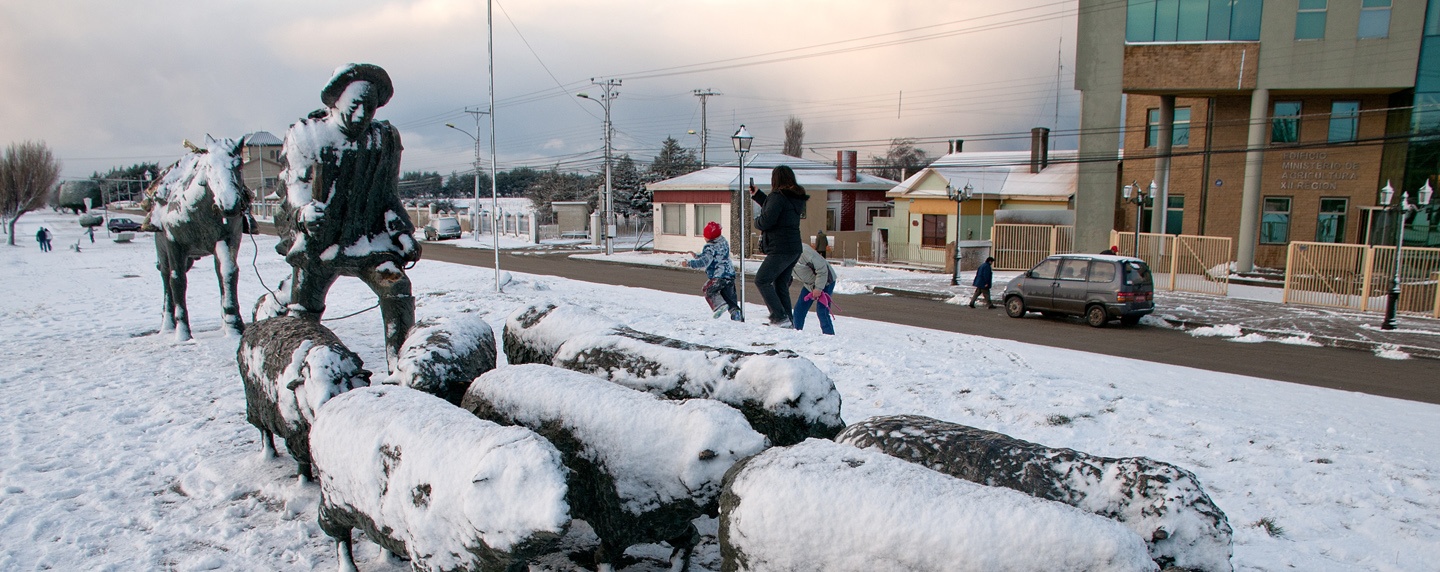
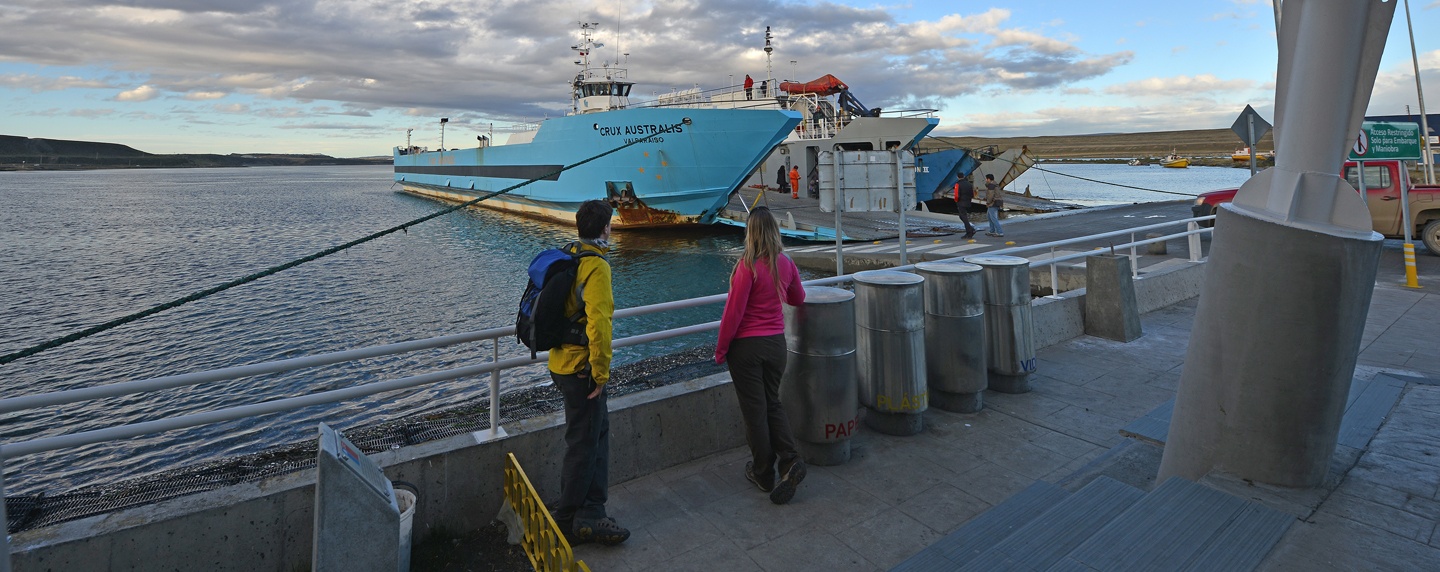
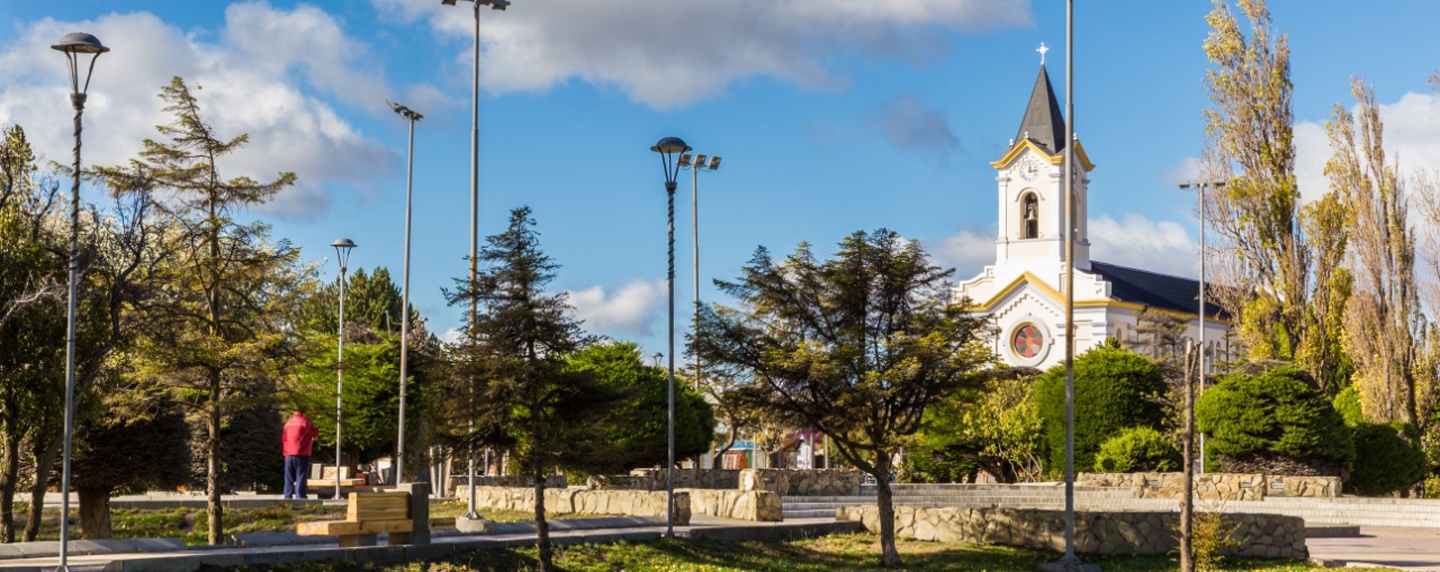
Even though Patagonia can be enjoyed in every season of the year, we recommend your visit between October and April, in the middle of spring in this hemisphere, more sunny days and less rain, therefore more activities to do.
Punta Arenas does not have a bus terminal. Each company operates with a ticket office and station.
We also recommend bringing Chilean pesos, most of all for buying basic needs. Some stores accept credit and debit cards but it is not common in all of them.
Always use official transport and ask for arrival and departure times in the designated area.
In Magallanes province, kayaking in the waters of the mythical Strait of Magellan.
discover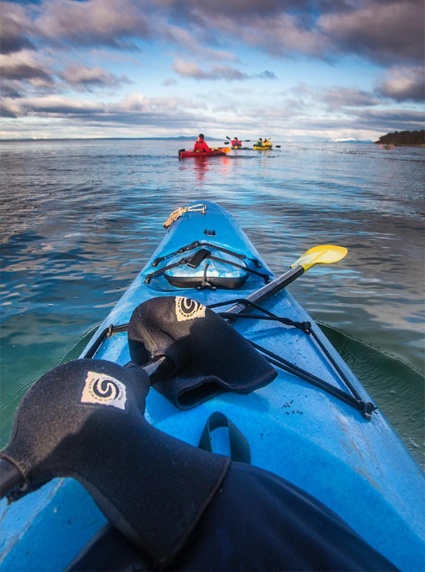
Without a doubt, Chilean Patagonia in Magallanes Region is the best place in Chile fo...
discover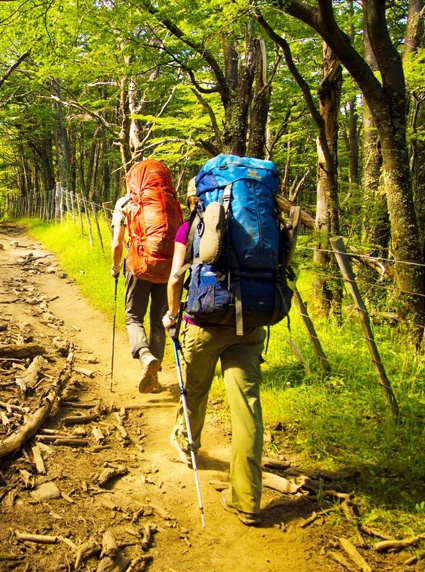
Fishermen from all over the world visit the rivers and lakes of Chilean Patagonia to ...
discover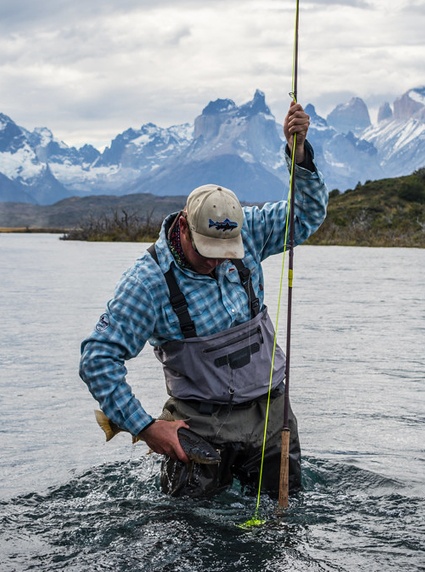
In this activity, you can go over the trees of the Patagonian forests and feel nature...
discover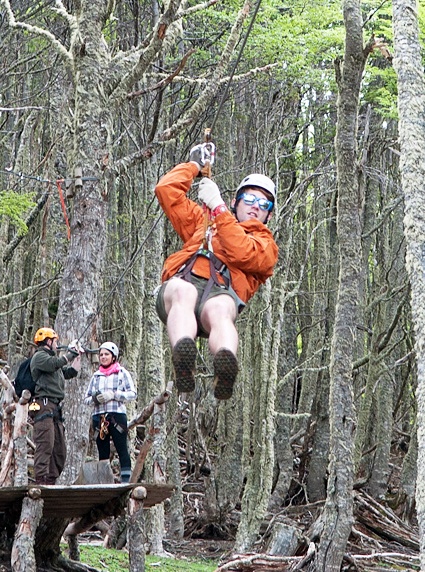
In the Chilean Patagonia in Magallanes and Antarctica Region you will find one of the...
discover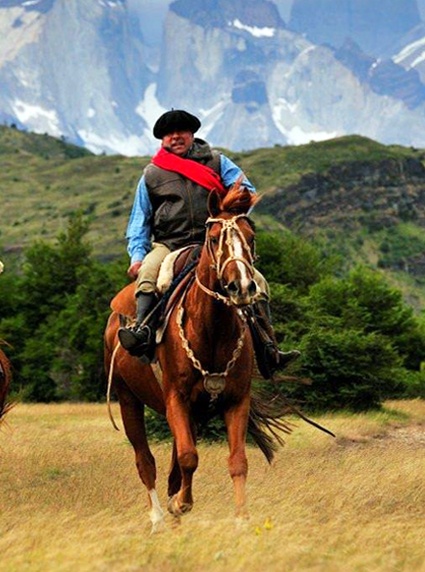
Are you prepared to discover the rich flora and fauna of the southernmost place on th...
discover
In Antarctic waters you may find many whale species, such as: minke, blue, humpback, ...
discover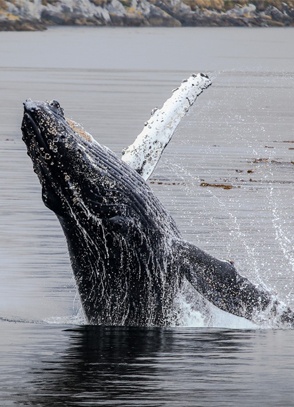
Come and discover the Patagonian fauna, especially its unique variety of birds.
discover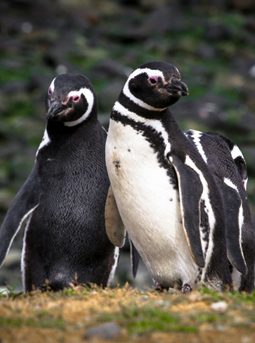
Protected areas represent more than the 60% of the regional territory where 18 wild a...
discover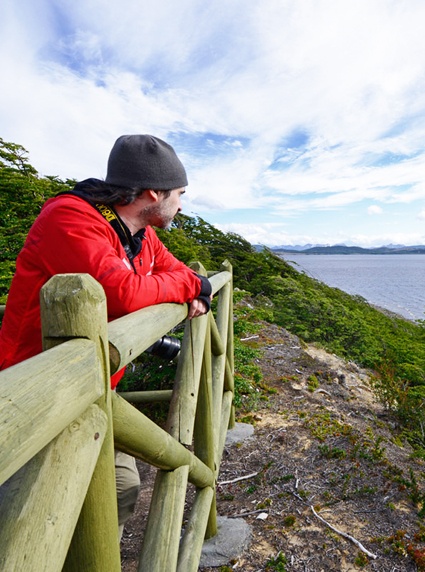
Most of the Estancias are still working in hands of local families and some have star...
discover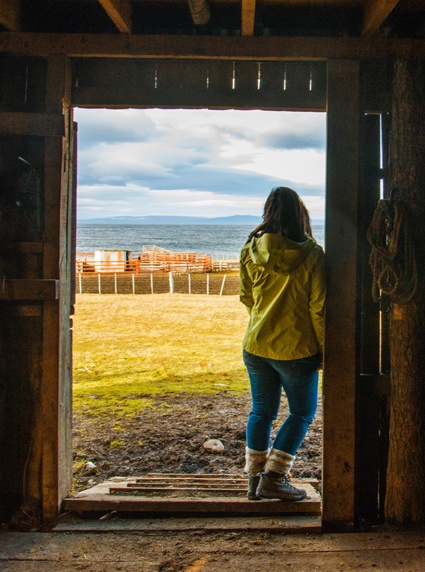
In Patagonia, you can find various tourist attractions to take a walk and learn about...
discover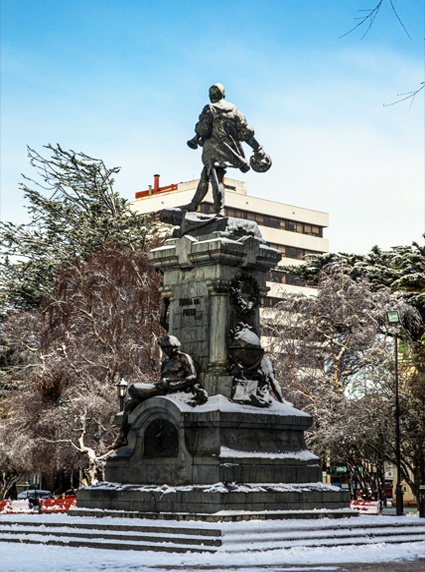
In Chilean Patagonia, everything seems bigger, more intrepid and more challenging.
discover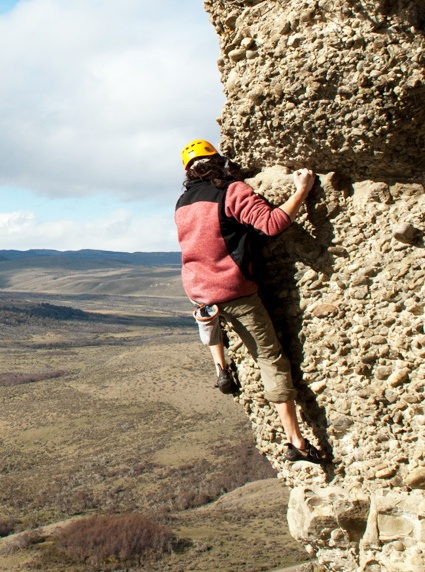
A dive in the extreme south? The Strait of Magallanes has remarkable stories of shipw...
discover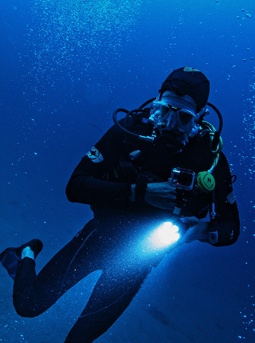
There are plenty of alternatives to explore and get to know Magallanes Region by sea....
discover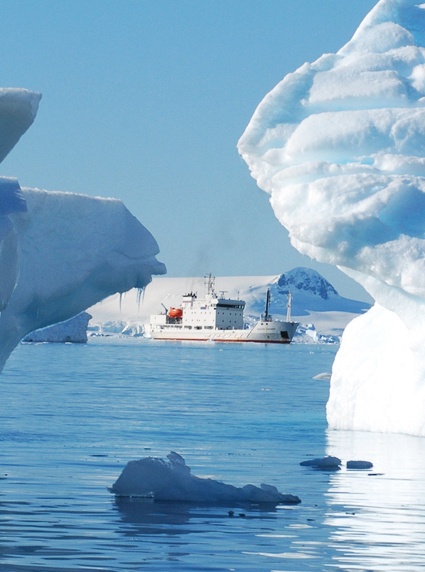
The city center of Punta Arenas is full of life every day with stores, handicraft sto...
discover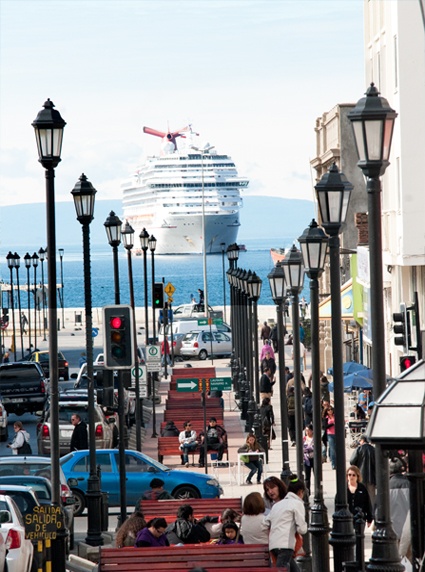
Enjoy a pleasant atmosphere and last generation games surrounded by the impressive Pa...
discover
The southernmost region of Chile has a great offer to enjoy an unforgettable gastrono...
discover
If you travel to Magallanes in the middle of the winter season, you can practice this...
discover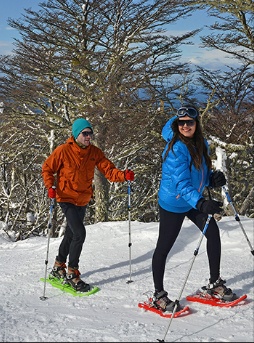
The landscapes of Patagonia are designed for cycling enthusiasts. High-speed descents...
discover